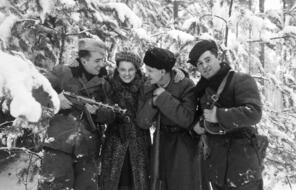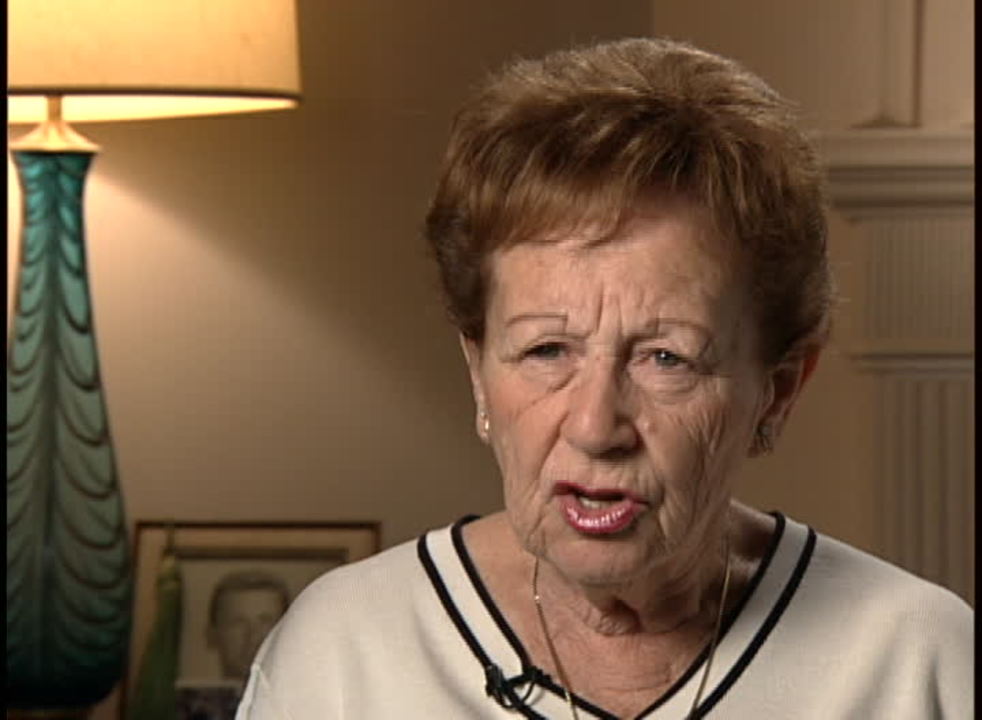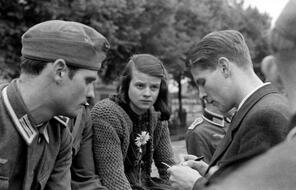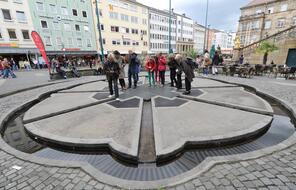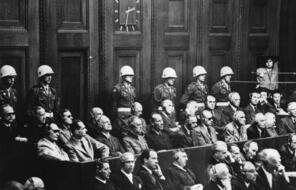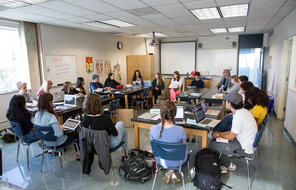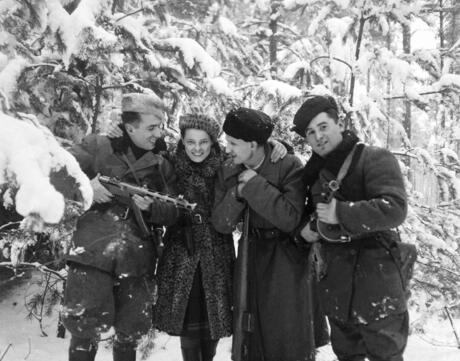
Understanding Resistance
Duration
One 50-min class periodSubject
- History
- Social Studies
Grade
6–12Language
English — USPublished
Overview
About this Lesson
Jewish resistance to the Nazis took many forms, ranging from bold acts of defiance and altruism to armed resistance. In this lesson, students are introduced to resistance through the singular voices of those who took part in the Jewish partisan movement, as some of their stories, motivations, and goals are revealed in poetry, film (an introductory video), and writing (Abba Kovner’s call to resistance in his Ghetto Manifesto). The activities included in this lesson will deepen students’ knowledge of the Holocaust through an exploration of different acts of Jewish resistance and will encourage the development of critical analysis and interpersonal communication skills. Students brainstorm together to write their own definition of resistance and deconstruct Abba Kovner’s Ghetto Manifesto, focusing on word choice and phrases to evaluate the meaning of his call to resistance.
This lesson sets the stage for the rest of the unit by providing students with the background to understand, identify, and investigate the stories of the partisans and the choices they made.
Lesson Plans
Activities
Materials and Downloads
Understanding Resistance
Unlimited Access to Learning. More Added Every Month.
Facing History & Ourselves is designed for educators who want to help students explore identity, think critically, grow emotionally, act ethically, and participate in civic life. It’s hard work, so we’ve developed some go-to professional learning opportunities to help you along the way.
Exploring ELA Text Selection with Julia Torres
On-Demand

Working for Justice, Equity and Civic Agency in Our Schools: A Conversation with Clint Smith
On-Demand

Centering Student Voices to Build Community and Agency
On-Demand


